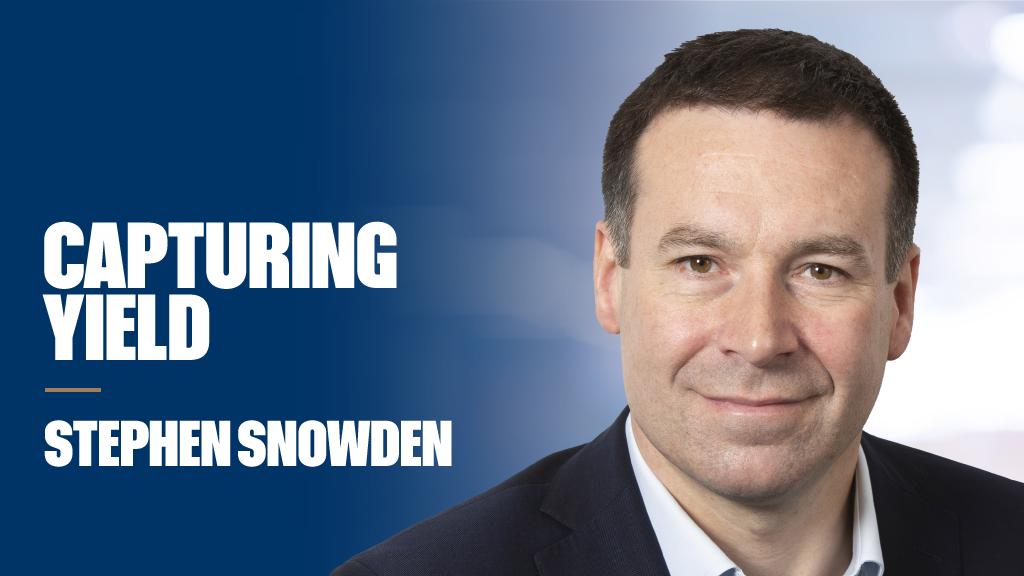Despite the FTSE 100 generating its best return in three years, it has still gained just about a third of the S&P 500’s 29.3% growth in 2024, at 11.4%. But a group of 18 UK stocks have rocketed past the S&P benchmark, with some nearly doubling their returns year to date.
NatWest led the charge for best performers in the year, with a total return of 99.3%. As of market open on 12 December, the company traded at 412.2p per share. NatWest was closely tailed by Rolls-Royce, who grew by 95.7% in 2024 to 578.6p per share on 12 December.
Dan Coatsworth, investment analyst at AJ Bell, said: “NatWest was a beneficiary of regular upgrades to earnings forecasts during the year. It delivered impressive results thanks to improved margins and growth in lending and savings deposits. A major share overhang was lifted as the government accelerated the sale of what was a large stake in the business following a bailout in the global financial crisis. The stake is now less than 11% versus 38% a year earlier and the government has indicated it will be out completely next year.
“A decade ago, everyone was talking about challenger banks eating the legacy players’ lunch, yet NatWest is one of the big banks to have shaken off this competition. It has found ways to run the business more efficiently and growth has more recently been augmented by the acquisition of assets from Sainsbury’s Bank and Metro Bank. For a sector that is often mired in mis-selling scandals and the ever-increasing weight of regulation, it feels as if NatWest has shown that banks are still capable of doing well. It’s no wonder investors have been happy to keep bidding up the shares.”
See also: PwC: ‘The pressure is on’ for AI to start delivering results
Nine of the top 10 performers in the FTSE 100 had a total return over 50%, with Imperial Brands in the tenth spot at 49.8%. Other top-ten performers included DS Smith, International Consolidated Airlines, Barclays, Beazley, Hargreaves Lansdown, 3i Group and Standard Chartered.
Even for those UK stocks falling under the performance of the S&P 500, 48 companies in the FTSE 100 produced double-digit returns, while near two thirds would have offered investors a positive return if held throughout the year.
“The UK stockmarket doesn’t deserve its unloved reputation. While it may lack the glitz and glamour of the US market, it’s still full of interesting companies offering steady earnings growth. Fundamentally, the FTSE 100 can help provide ballast to an ISA or pension portfolio, particularly as the index has a rich source of dividends and a good mix of cyclical and defensive companies,” Coatsworth said.
The performance of Rolls-Royce demonstrated some of the favourable cycles in the market, after the company was able to upgrade earnings forecasts across the past few years, in what Coatsworth called a “phoenix from the ashes story”.
“A recovery in the aviation industry has helped. The amount of time planes fly in the sky has a direct impact on the amount Rolls-Royce makes on spares and repairs contracts for a large installed base of aircraft engines. This installed base itself is also growing. Airlines are investing heavily to expand their fleet as they add new routes and seek more energy-efficient planes,” Coatsworth said.
“The company’s defence business is benefiting from an improved outlook as countries prioritise military spending thanks to heightened global tensions. The new UK government is pro-nuclear power which plays to Rolls-Royce’s strengths as Labour has shown interest in small modular reactors, something the engineer has been developing. It has designed a factory-built nuclear power plant that it believes will offer clean, affordable energy ‘for all’.”
See also: Dimensional’s Dai: Indices not as passive as they appear
Despite a group of star performers in 2024, the FTSE 100 also contained its fair share of damp squibs. The top nine worst performers lost over 20% this year, led by JD Sports, decreasing by 36.4% and B&M dropping 31.4%.
“JD Sports started the year with a profit warning caused by mild weather and heavy discounting affecting pre-Christmas 2023 sales. The share price took a beating and only started to recover in earnest during the summer. The retailer was subsequently knocked for six by more weather problems and complaints that the US election hurt demand,” Coatsworth said.
“What was a trusted name in retail is now churning out more excuses than a schoolboy who hasn’t done their homework. Cracks have appeared in the athleisure market this year as consumers become more selective over where they spend money. Previously, they might have been happy to splash the cash on the latest must-have trainers but for many people footwear is now having to last longer before replacement. Similar trends have been seen in sporty clothing. Investors need to decide if this is a short-term blip or the new normal.”









